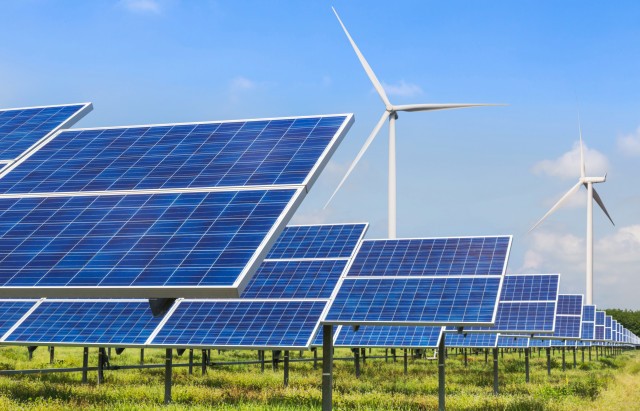India has added 15.5 GW non-hydro renewable energy capacity during FY22, compared to just 7.7 GW installed in the preceding fiscal year, according to the CEEW Centre for Energy Finance (CEEW-CEF) Market Handbook.
India’s renewable energy generation capacity (including hydro) stood at 150 GW at the end of FY22. This is far off from its target to install 500 GW of non-fossil fuel capacity by 2030 and will require an annual deployment of approximately 40 GW/year to achieve the 2030 target.
Coal-based capacity added dropped by around 33 percent. Peak power demand touched nearly 1.4 GW in March 2022, compared to just 0.5 GW in the year-ago period.
Of the 17.5 GW of RE capacity auctioned in FY22, 4.3 GW representing a 25 percent share was under such innovative procurement formats. “We can expect this share to increase further as it appears that discoms are increasingly looking to developers to address RE’s intermittency challenge,” said Gagan Sidhu, Director, CEEW-CEF.
In terms of capacity additions, renewable energy formed a little more than 89 percent of the total 17.3 GW capacities added in the power sector during FY22. The share of RE in net capacity additions stood at little more than 63 percent in FY21.
Solar energy comprised 90 percent of the total RE capacity added during the year, driven partly by a 21 percent rise in installations of rooftop solar to 2.3 GW. Increase in the cost of raw materials and supply chain constraints resulted in rising solar PV module costs. Module costs and the imposition of basic customs duty led to a rise in the lowest solar tariff discovered to Rs 2.14 per kWh in FY22 from Rs 1.99 per kWh in FY21.

